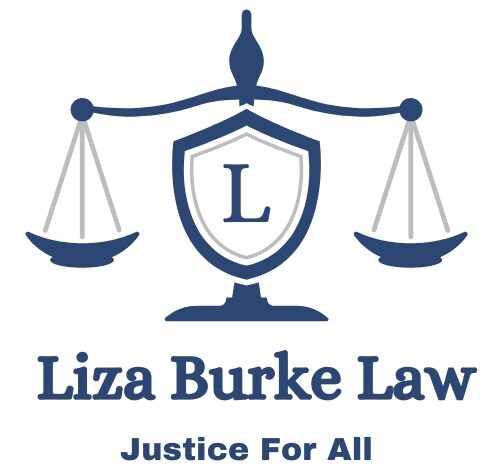The Canadian legal system is a complex and well-structured framework designed to uphold justice and protect the rights of its citizens. Understanding how this system works is crucial for anyone living in or interacting with Canada, whether as a resident, visitor, or business entity. In this step-by-step guide, we will demystify the Canadian legal system and provide an overview of its key components.
Step 1: The Constitution
The foundation of the Canadian legal system is the Constitution. Canada’s Constitution includes the Constitution Act of 1867, which divided legislative powers between the federal and provincial governments, and the Constitution Act of 1982, which includes the Canadian Charter of Rights and Freedoms. The Charter is a vital document that enshrines the fundamental rights and freedoms of all Canadians, including freedom of expression, religion, and the right to a fair trial.
Step 2: The Three Branches of Government
Canada’s government operates under a system of parliamentary democracy, which is divided into three branches:
- Legislative Branch: The legislative branch is responsible for making laws. It consists of the House of Commons and the Senate at the federal level and provincial legislatures at the provincial level. Members of the House of Commons, known as Members of Parliament (MPs), are elected by the people.
- Executive Branch: The executive branch, headed by the Prime Minister at the federal level and Premiers at the provincial level, is responsible for implementing and enforcing the laws passed by the legislative branch. The executive branch includes the Cabinet and various government departments.
- Judicial Branch: The judicial branch is responsible for interpreting and applying the law. It includes federal and provincial courts, with the Supreme Court of Canada being the highest court in the country. Judges at all levels are appointed and independent from the other branches of government.
Step 3: The Legal System
Canada has a dual legal system, influenced by both common law and civil law traditions. The legal system is organized into two main categories:
- Criminal Law: Criminal law addresses offenses against society as a whole. It is governed by the Criminal Code of Canada and includes crimes like theft, assault, and murder. In criminal cases, the government (Crown) prosecutes individuals or entities accused of breaking the law. If found guilty, individuals may face penalties, including imprisonment.
- Civil Law: Civil law deals with disputes between individuals or entities. This includes family law, contract disputes, and personal injury cases. Civil cases are usually brought by one party against another seeking damages or specific remedies. Decisions are made based on the balance of probabilities rather than beyond a reasonable doubt, as in criminal cases.
Step 4: Legal Representation
If you find yourself involved in a legal matter, it’s essential to understand your right to legal representation. In criminal cases, individuals accused of a crime have the right to legal counsel. For civil cases, while legal representation is not mandatory, it is highly recommended to navigate the complexities of the legal system effectively. Lawyers are experts in Canadian law and can help you build a strong case or defend against one.
Step 5: Court System Hierarchy
Canada has a tiered court system with various levels of courts at both the federal and provincial levels. The hierarchy is typically as follows:
- Provincial and Territorial Courts: These courts handle less serious criminal and civil matters, including traffic violations and small claims cases.
- Superior Courts: Provincial superior courts deal with more significant civil and criminal cases. In some provinces, they are known as the Court of Queen’s Bench.
- Appeal Courts: Each province and territory has its own court of appeal, responsible for reviewing decisions made by the lower courts.
- Supreme Court of Canada: As the highest court in the country, the Supreme Court of Canada has the authority to hear appeals on important legal issues. It consists of nine judges appointed by the federal government.
Step 6: Legal Procedures
Legal procedures in Canada follow specific rules and guidelines to ensure a fair and just process. These procedures are designed to protect the rights of all parties involved. In criminal cases, the accused is presumed innocent until proven guilty beyond a reasonable doubt. In civil cases, both parties have the opportunity to present their evidence and arguments.
Step 7: Alternative Dispute Resolution
Canada encourages alternative dispute resolution (ADR) methods to ease the burden on the court system and provide parties with a more efficient and cost-effective way to resolve disputes. Mediation and arbitration are common ADR methods used in civil cases, where a neutral third party helps the parties reach an agreement.
Step 8: Enforcement of Judgments
When a court issues a judgment, it must be enforced for it to have real-world consequences. This may involve the seizure of assets, wage garnishments, or other methods to ensure that the losing party complies with the court’s decision.
In conclusion, understanding the Canadian legal system is essential for anyone residing in or interacting with Canada. It provides the framework for maintaining justice, protecting individual rights, and resolving disputes. Whether you find yourself involved in a legal matter or simply want to be an informed citizen, this step-by-step guide offers a fundamental understanding of how the Canadian legal system operates and how it serves the needs of its diverse population.
